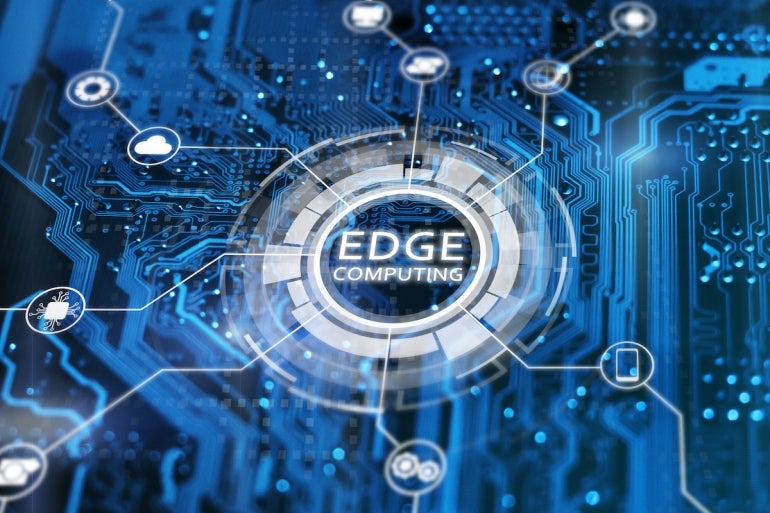The Emergence of Edge Computing

Edge computing is a relatively new paradigm in computing that involves processing data closer to the source rather than in centralized data centers. This content analyzes the benefits and drawbacks of edge computing and its impact on the future of computing.
Edge computing has the potential to improve processing speeds, reduce latency, and lower costs by reducing the amount of data that needs to be transferred to centralized data centers. However, it also presents challenges such as security concerns and the need for new infrastructure to support edge computing.
The content explores these benefits and drawbacks in detail and analyzes the potential impact of edge computing on various industries such as healthcare, manufacturing, and transportation. It also discusses the potential for edge computing to enable new technologies such as the Internet of Things (IoT) and autonomous vehicles.
Furthermore, the content discusses the implications of edge computing on data privacy and security, as sensitive data may be processed closer to the source rather than in centralized data centers. The content proposes strategies for ensuring data privacy and security in the age of edge computing.
Overall, this content analyzes the benefits and drawbacks of edge computing and its impact on the future of computing, exploring its potential to transform various industries and proposing strategies for mitigating its challenges.

Social Plugin